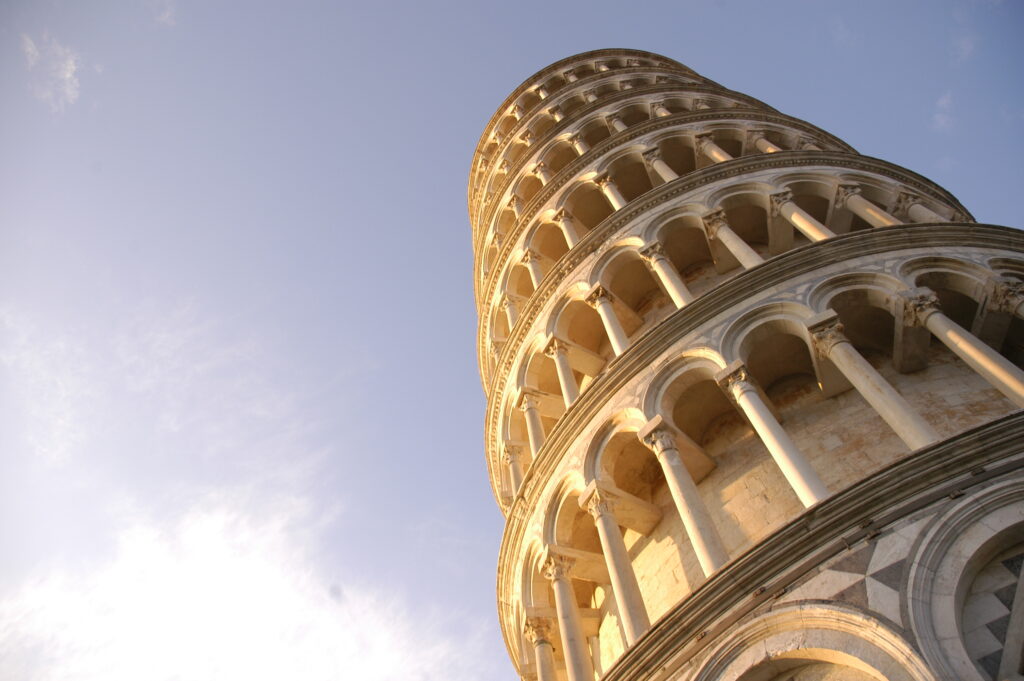The Precarious State of the World’s Rarest Languages
In a world where communication transcends borders, it’s easy to forget that our global conversation is facilitated by a myriad of languages. However, many of these languages teeter on the brink of extinction. The United Nations Educational, Scientific, and Cultural Organization (UNESCO) has been at the forefront of documenting these endangered linguistic treasures, shedding light on a sobering reality.
The Criteria: Understanding Endangerment Levels
Languages are not merely words and grammar; they are living entities, evolving with their speakers and the times. UNESCO has defined several levels of language endangerment. Their classifications, ranging from “vulnerable” to “extinct,” serve as a roadmap to understanding the health of a language. Tragically, it’s estimated that almost half of the languages known today will vanish within the next century. Each loss not only erodes a unique form of communication but also an irreplaceable cultural identity.
Languages on the Brink of Extinction
| Language Name | Region/Country | No. of Speakers | Level of Endangerment |
|---|---|---|---|
| Dumi | Nepal | <10 (estimated) | Critically Endangered |
| Tanema | Solomon Islands | 1 | Critically Endangered |
| Andoa | Peru | 2 | Critically Endangered |
| Arikapu | Brazil | 2 | Critically Endangered |
| Cayuvava | Bolivia | 2 | Critically Endangered |
| Gajerrong | Australia | 2 | Critically Endangered |
| Klallam | USA | 2 | Critically Endangered |
| Taushiro | Peru | 1 | Critically Endangered |
| Tolowa | USA | 1 | Critically Endangered |
| Yahgan | Chile | 1 | Critically Endangered |
Spotlight: Dumi – A Glimpse into Nepal’s Linguistic Heritage
Nestled in the northern region of Nepal’s Khotang district are communities that have, for generations, communicated in Dumi. This language, part of the Kiranti language family, paints a vivid picture of life surrounding the Tap and Rava rivers. But as with many indigenous languages, modernity and external influences have seen Dumi’s speakers dwindle.
The repercussions are more than just a loss of words. They signify the fading of traditions, songs, stories, and collective memories that have been passed down for centuries.
Spotlight: Tanema – The Solitary Voice of Vanikoro
Venture to Vanikoro, part of the Solomon Islands, and you might hear whispers of Tanema. But be quick, for this language is on the precipice of silence. With only a single native speaker left, Tanema’s unique phonetics, grammar, and vocabulary face a grim future.
Such rare languages are windows into distinct ways of viewing the world, offering perspectives shaped by unique histories and environments. The potential silence of Tanema underscores the urgency of linguistic preservation.
A Roundup: Other Contenders for the Title of ‘Least Spoken’
The Atlas of World Languages by UNESCO serves as a beacon for researchers and linguists keen on understanding the world’s linguistic landscape. Among the critically endangered are languages spoken by a mere handful of people, sometimes even just one or two. Andoa in Peru, Arikapu in Brazil, and Cayuvava in Bolivia are just a few examples of languages echoing in limited voices.
Each of these languages, irrespective of the number of speakers, holds within its folds centuries of human experience, wisdom, and a unique relationship with the surrounding world.
The Urgency: Why Preserving These Languages Matters
Linguistic diversity is akin to biodiversity. Just as the extinction of a species results in a less rich and resilient ecosystem, the loss of a language diminishes our global tapestry of thought, art, and community.
Languages encapsulate histories, encapsulate worldviews, and offer nuanced expressions that often can’t be replicated. They are reservoirs of knowledge, from ancient tales to specific ecological understandings of a region. When a language fades, a piece of humanity’s shared heritage dims with it.
Frequently Asked Questions (FAQ)
1. What classifies a language as “endangered”?
Answer: A language is classified as “endangered” when its speakers are shifting to speaking another language or when the younger generation is no longer learning it. The number of active speakers, their age distribution, and the overall cultural shifts impact its endangered status.
2. How does UNESCO play a role in documenting endangered languages?
Answer: UNESCO maintains the Atlas of the World’s Languages in Danger, which lists and categorizes languages based on their endangerment levels. This atlas serves as a crucial resource for linguistic preservation efforts worldwide.
3. Why are some languages on the brink of extinction?
Answer: Multiple factors contribute, including globalization, cultural assimilation, economic shifts that favor dominant languages, and a lack of institutional support for teaching and maintaining minority languages.
4. How can we help in preserving these rare languages?
Answer: Supporting linguistic preservation initiatives, raising awareness, advocating for education in these languages, and funding documentation projects are some of the ways to contribute.
5. Are there any success stories of languages being revived?
Answer: Yes, languages like Hebrew in Israel and Cornish in England are examples where concerted efforts have led to a revival of once declining languages.
People Also Ask:
1. Are there 7,000 languages?
Answer: Yes, it is estimated that there are around 7,000 languages spoken worldwide today. However, this number is constantly changing as some languages become extinct and new ones are discovered or recognized.
2. What is the #1 language?
Answer: Defining the “#1 language” depends on the criteria. If we’re looking at the number of native speakers, Mandarin Chinese tops the list. However, if we consider global influence, reach, and second-language speakers, English often comes out on top.
3. What is the least known language ever?
Answer: Several languages are spoken by only a handful of people and remain largely undocumented, making them “least known.” Examples include languages like Taushiro in Peru, spoken by just one person, or Njerep in Cameroon, with only a few elderly speakers left.
4. Are there more than 7,000 languages?
Answer: The estimated number of languages globally hovers around the 7,000 mark. However, the exact number can be more or less than this, considering factors like newly recognized languages or languages that have recently become extinct.
Conclusion: The Global Responsibility to Protect Linguistic Heritage
The tale of the world’s rarest languages is not just one of loss but also a clarion call for action. Every language saved is a chapter of human history preserved. As global citizens, we must rally behind efforts to document, teach, and revive these linguistic gems.
Whether through supporting language schools, investing in documentation efforts, or simply taking an interest in learning about a new language, every effort counts. Let’s ensure that our global conversation remains as diverse, rich, and enlightening as the myriad voices that fuel it.




